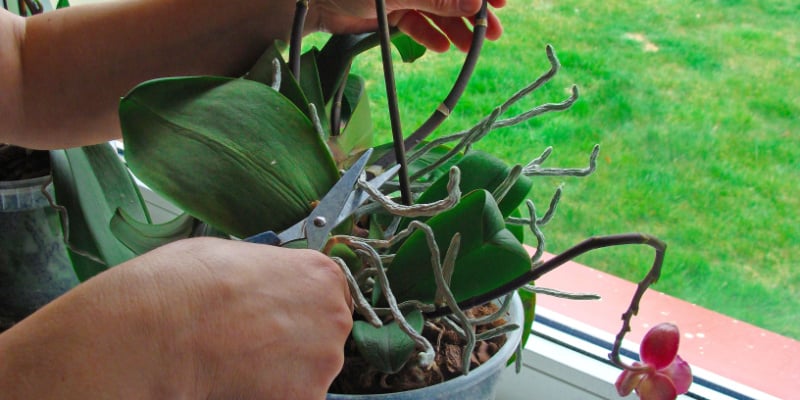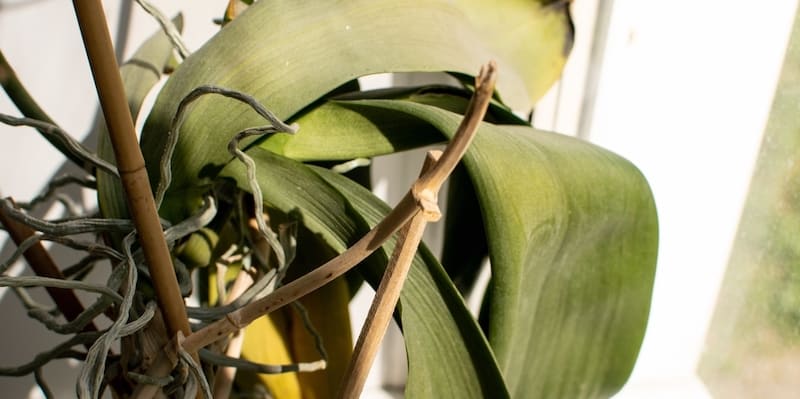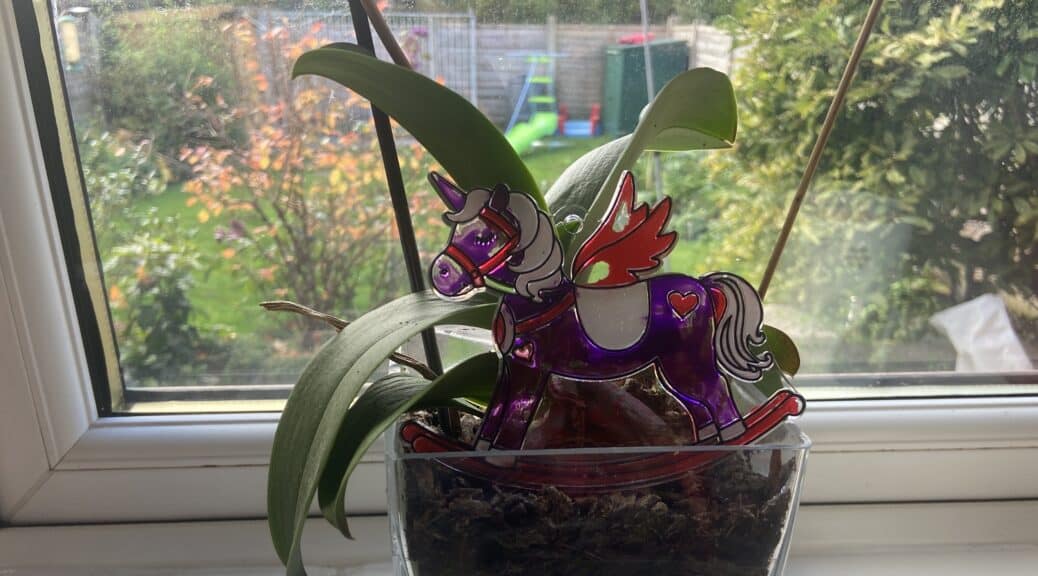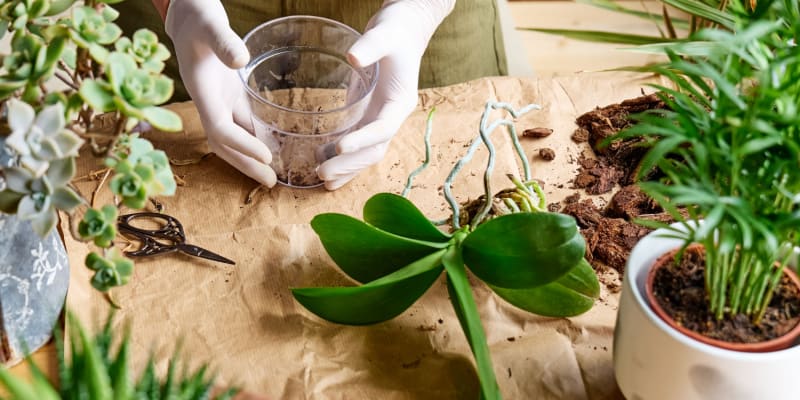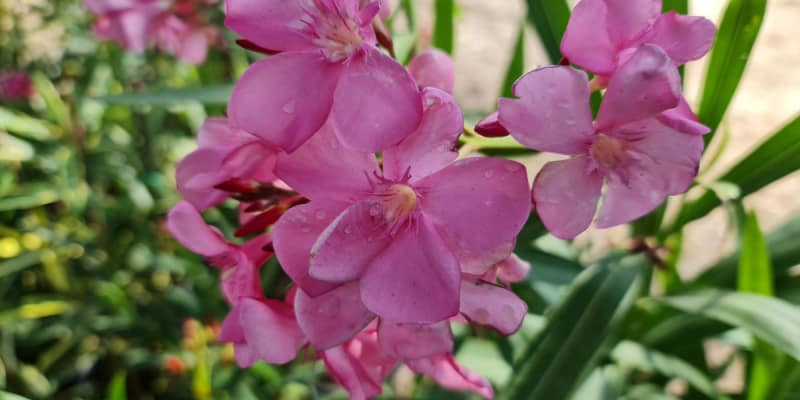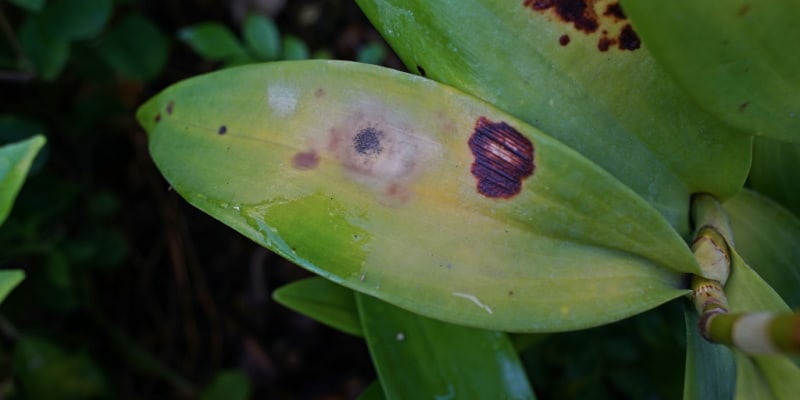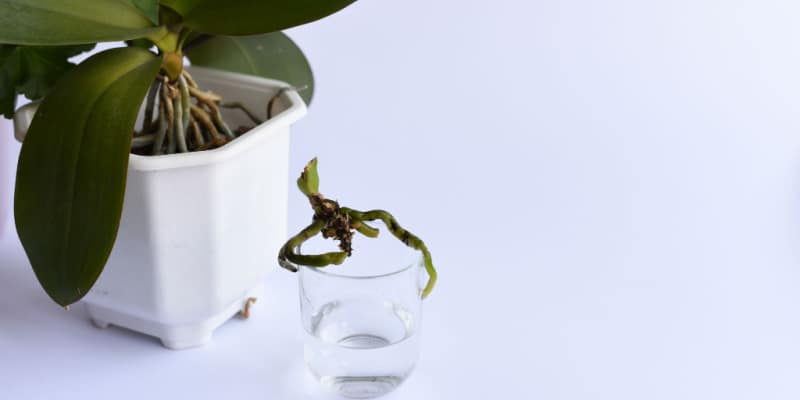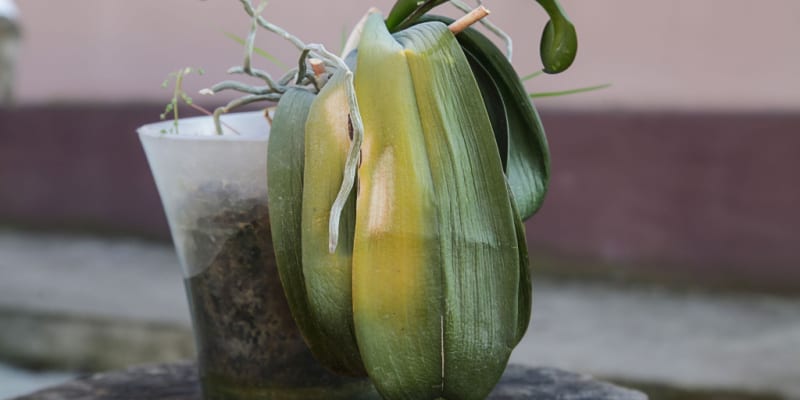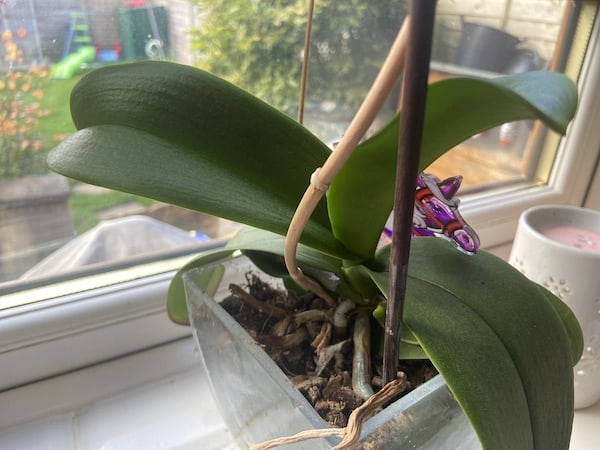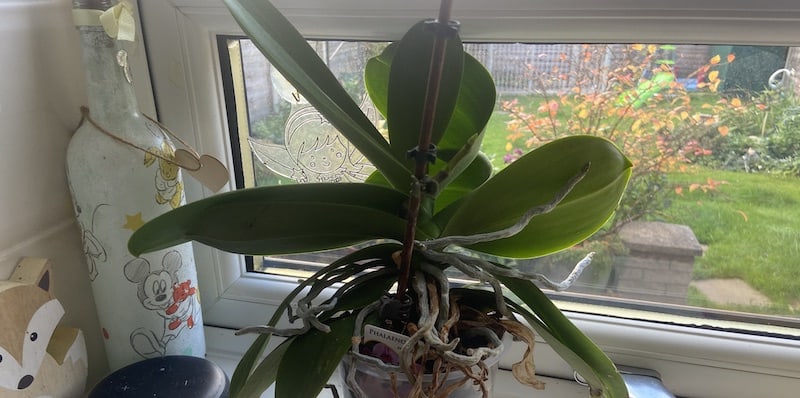When and how to prune orchids
There are two occasions when I tend to prune my orchids. The first is after they’ve flowered to encourage new growth and often a second flush of blooms or prepare them for a cooler period ready before they naturally bloom again. The second is to remove diseased or dead flowers and foliage to help prevent the spread of diseases or rejuvenate a dying orchid. Here’s how I go about pruning my orchids. After flowering Some orchids bloom just once a…
